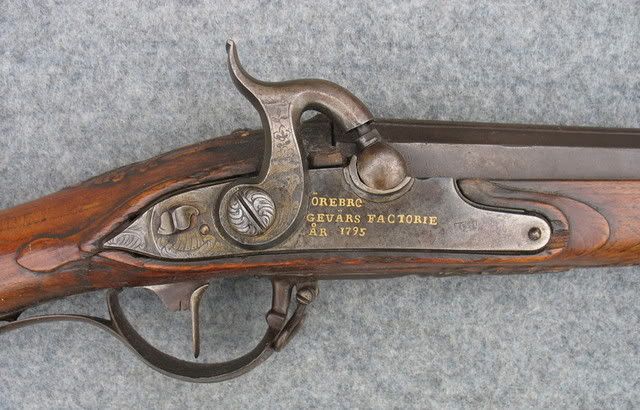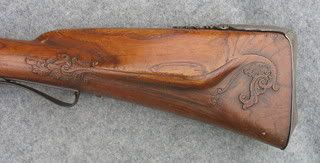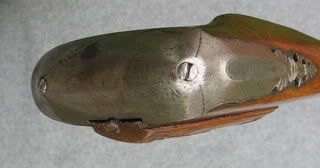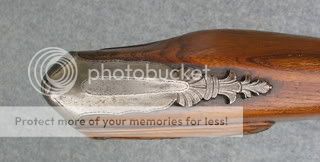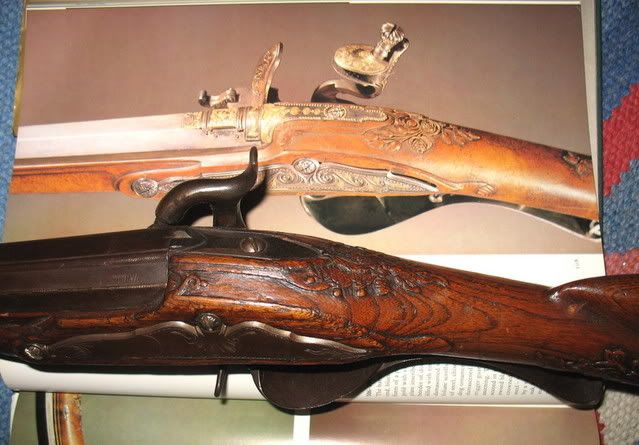On request. Its straight-rifled, caliber .720 with 38" barrel. Made 1795. Chris, this one is a little bit more "fancy" than usual.

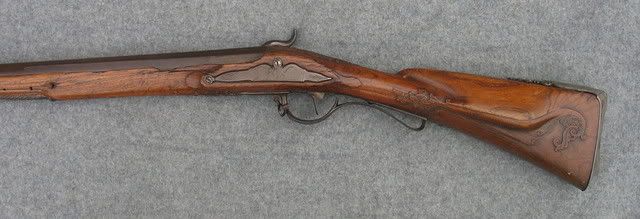

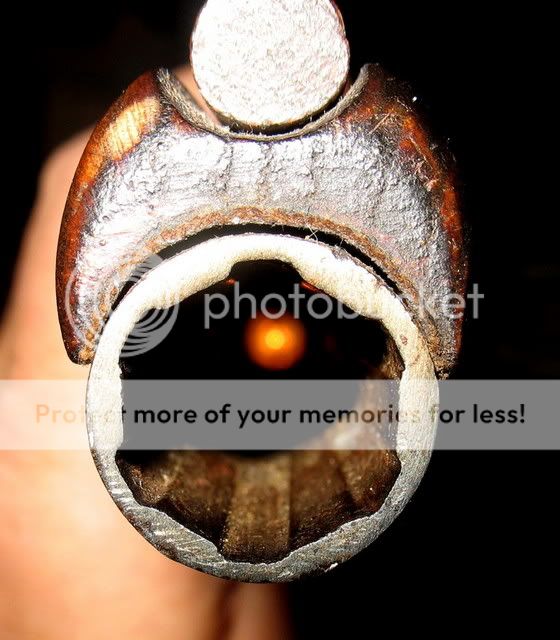
After the last days of discussion I am so confused Dont know if I dare to call this a rifle or smoothbore, percussion or former flintlock :rotf:
Dont know if I dare to call this a rifle or smoothbore, percussion or former flintlock :rotf:
ARILAR :grin: :thumbsup:




After the last days of discussion I am so confused
ARILAR :grin: :thumbsup:





